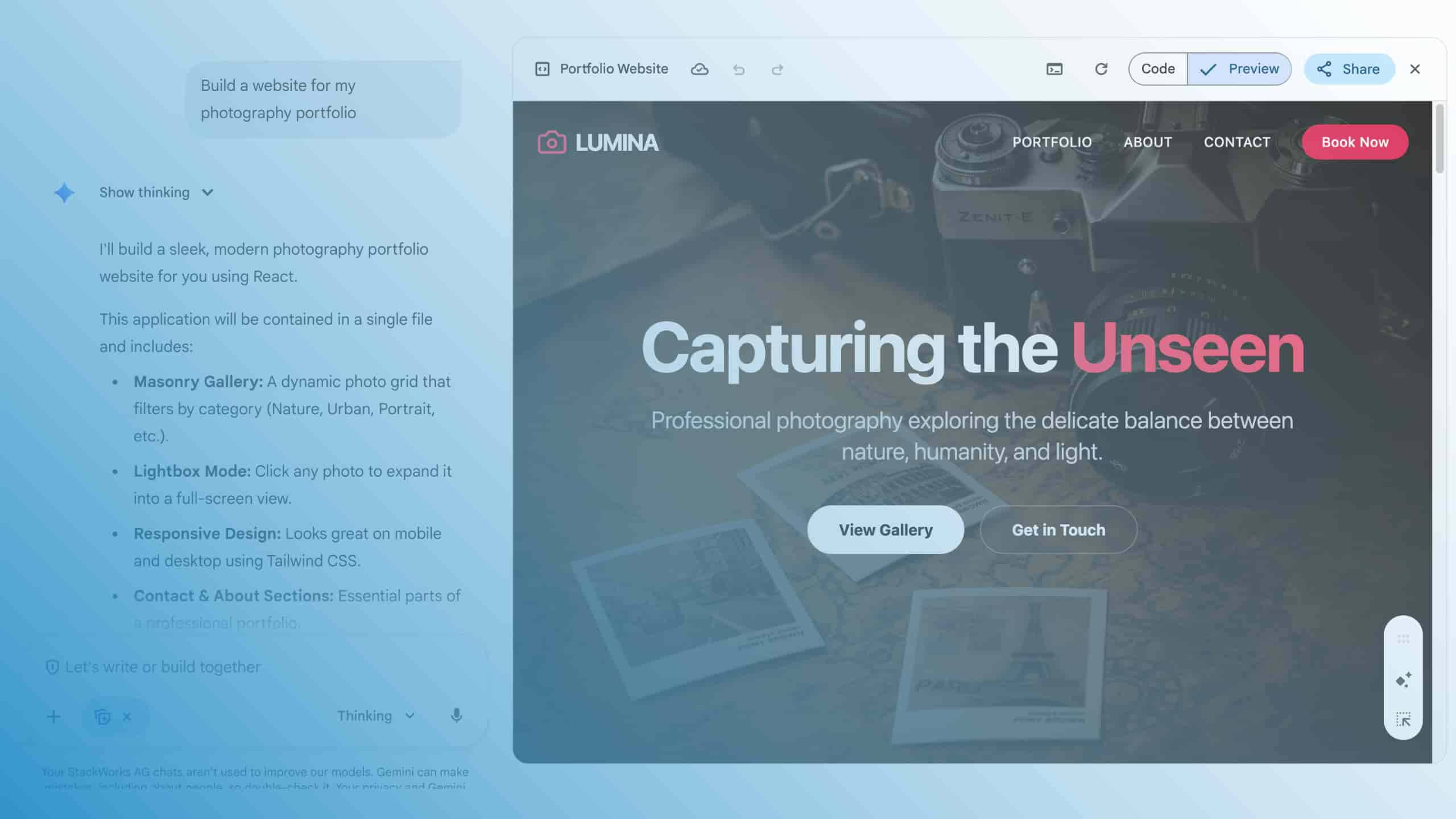Meeting software in comparison

The market for meeting software is large. However, differences and similarities are often not discernible at first glance, because the functions are extensive. That's why we'll look into whether there is such a thing as the best meeting software and how Google Meet compares to other tools such as Cisco WebEx, Zoom and Microsoft Teams.
The limitations of the Corona pandemic have helped online collaboration tools, including meeting software, to boom. But now that the pandemic period, which was very much characterised by home offices, is turning into a new normality, other requirements are coming into focus. Solutions for online meetings and videoconferences no longer have to bring together distributed users alone. The more users return to their offices and meeting rooms, at least temporarily, the more they demand suitable tools for hybrid meetings in which several participants are gathered together in a conference room while other participants connect remotely. But who can score in the meeting software comparison Google Meet vs. Zoom vs. Cisco WebEx vs. Teams? Where are the strengths and weaknesses when it comes to supporting hybrid meetings?
Online meeting software free of charge
Google Meet as well as Zoom, WebEx and Teams are available in a free variant. Google Meet, for example, is part of the free Google Workspace Essentials Starter package for teams with up to 25 members. Members can also invite external guests and organise online meetings with up to 100 simultaneous participants. Technically, they benefit from all the functions that Meet also offers in the larger, paid plans. In addition to the high security standards in the form of encrypted communication, Google Meet supports presentation and screen sharing, offers apps for the Android and iOS mobile operating systems and a digital whiteboard, called Jamboard at Google.
The free version of Meet is limited to video conferences lasting a maximum of 60 minutes. For meetings of up to 24 hours duration, dial-in via the traditional telephone network and advanced features such as breakout rooms and polls, users can switch to one of the paid plans. In all cases, desktop computers only need a browser to participate in meetings and jamboards.
The principle is similar with Zoom, WebEx and Teams: if you need a lot of functions, you have to book a paid package. The free versions of the meeting software have limitations that can quickly become noticeable, for example with regard to the time limit. While WebEx offers 50 minutes, Zoom only offers 40 minutes. Google Meet and Teams therefore score points when it comes to time.
Meeting software for hybrid meetings
In addition, the strengths of Google Meet lie in its comprehensive support for hybrid meetings. With the "Series One" product family, Google offers its own hardware optimised for Meet to equip meeting rooms. Further hardware certified for Meet is available from third-party suppliers.
Here, Google Meet has built up a clear lead, especially over Zoom. While Zoom benefited greatly from the trend towards online meetings during the pandemic, it has lost ground in hybrid formats. It is true that Zoom Rooms now also offer the integration of room systems according to the H.232 or SIP standards. However, these are more complex to set up and have fewer functions.
In addition to optimised hardware, Google Meet scores with Companion Mode for mobile devices. What is Companion Mode? While participants in a hybrid meeting share room hardware on-site in a conference room, they can also connect using the Meet apps on their mobile devices to follow the chat or interactively participate in a jamboard.
Cisco WebEx vs. Google Meet
The Cisco WebEx meeting software had defined a quasi-standard for online meetings long before the Corona pandemic, as it was the tool for video communication for many companies. Cisco has always offered hybrid functions and is still competitive in terms of functionality.
In a direct comparison with Google Meet, however, the solution turns out to be significantly more complex and also more expensive to purchase and configure for companies that want to set up a new infrastructure for online collaboration.
Google Meet vs. Microsoft Teams
Superficially, the functional scopes of Meet and Teams appear comparable. Microsoft has also placed an emphasis on hybrid event formats, offers its own meeting hardware and a wide range of compatible third-party systems. In a direct comparison of meeting software, Google Meet nevertheless has the edge. No other tool is characterised by such a wealth of configuration options. On large displays, users can position the video images of the other participants almost anywhere they want, and with multiple monitors, they can distribute presentations and video images to different screens. Added to this is the unrivalled support of meetings by artificial intelligence. The software reliably recognises which of the participants is speaking and brings the speaker into focus. In conjunction with compatible hardware, Google Meet even adapts the microphones to the speaker.
We are happy to support you in setting up an optimal solution for your meetings.

%2520(1).jpeg)





